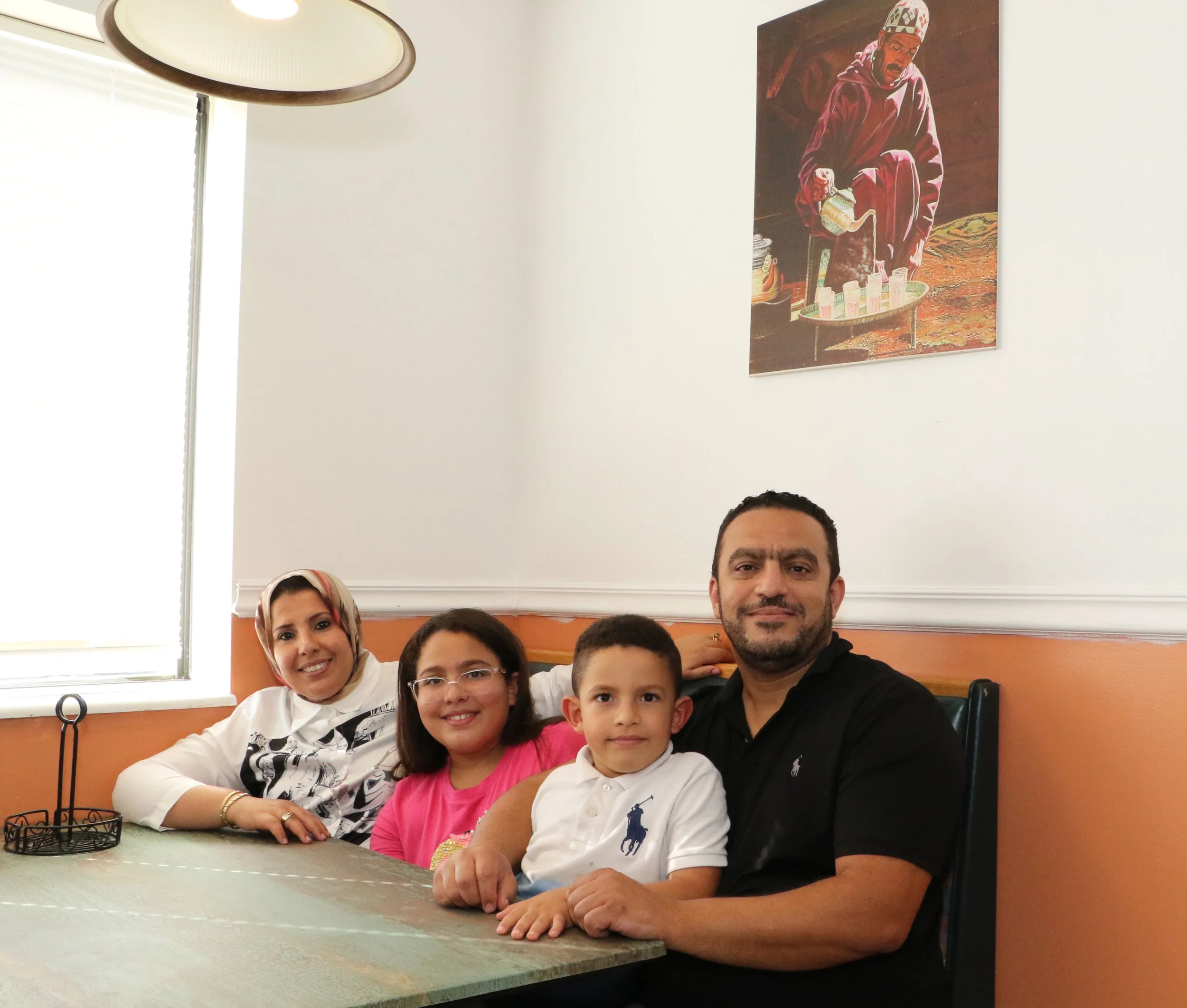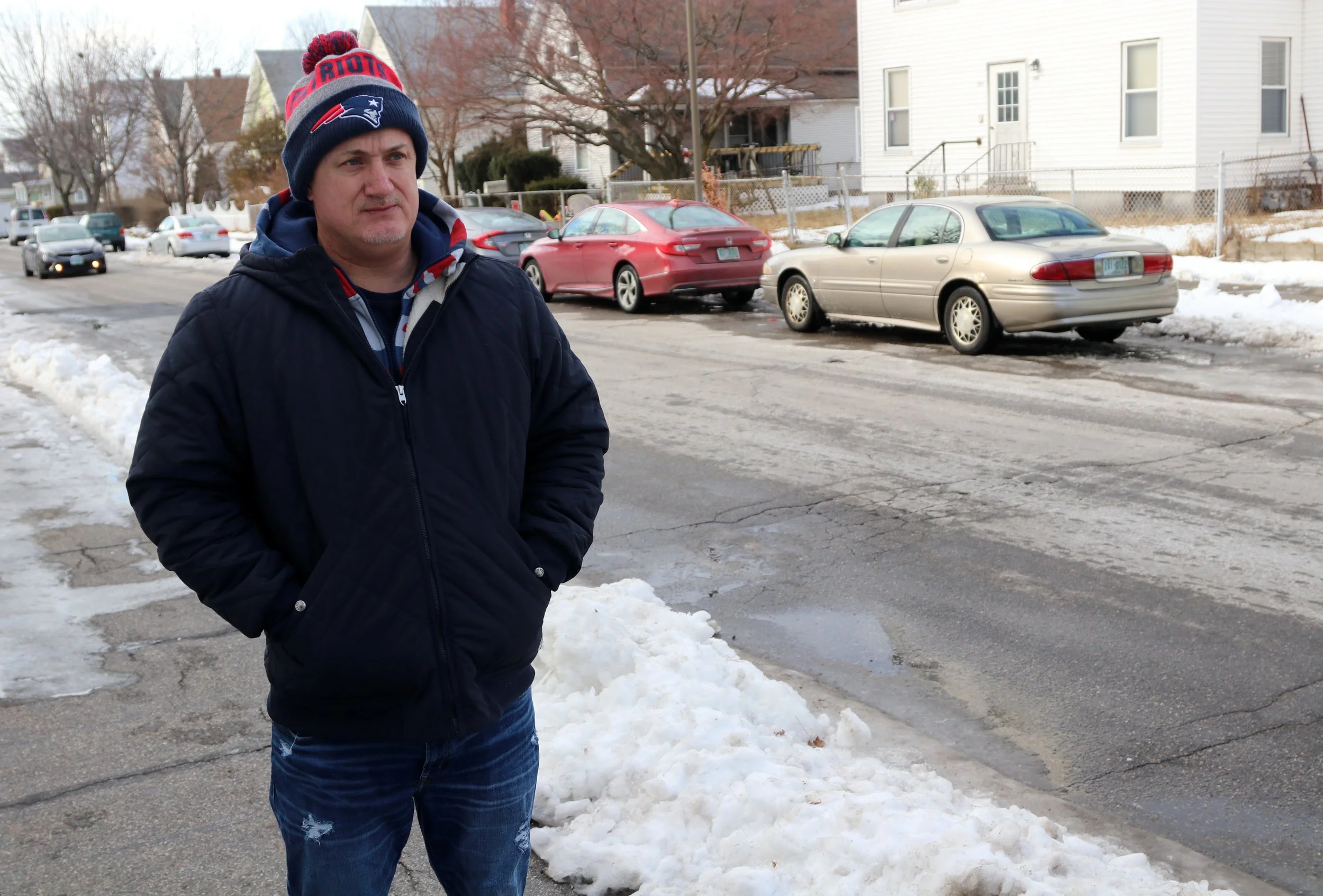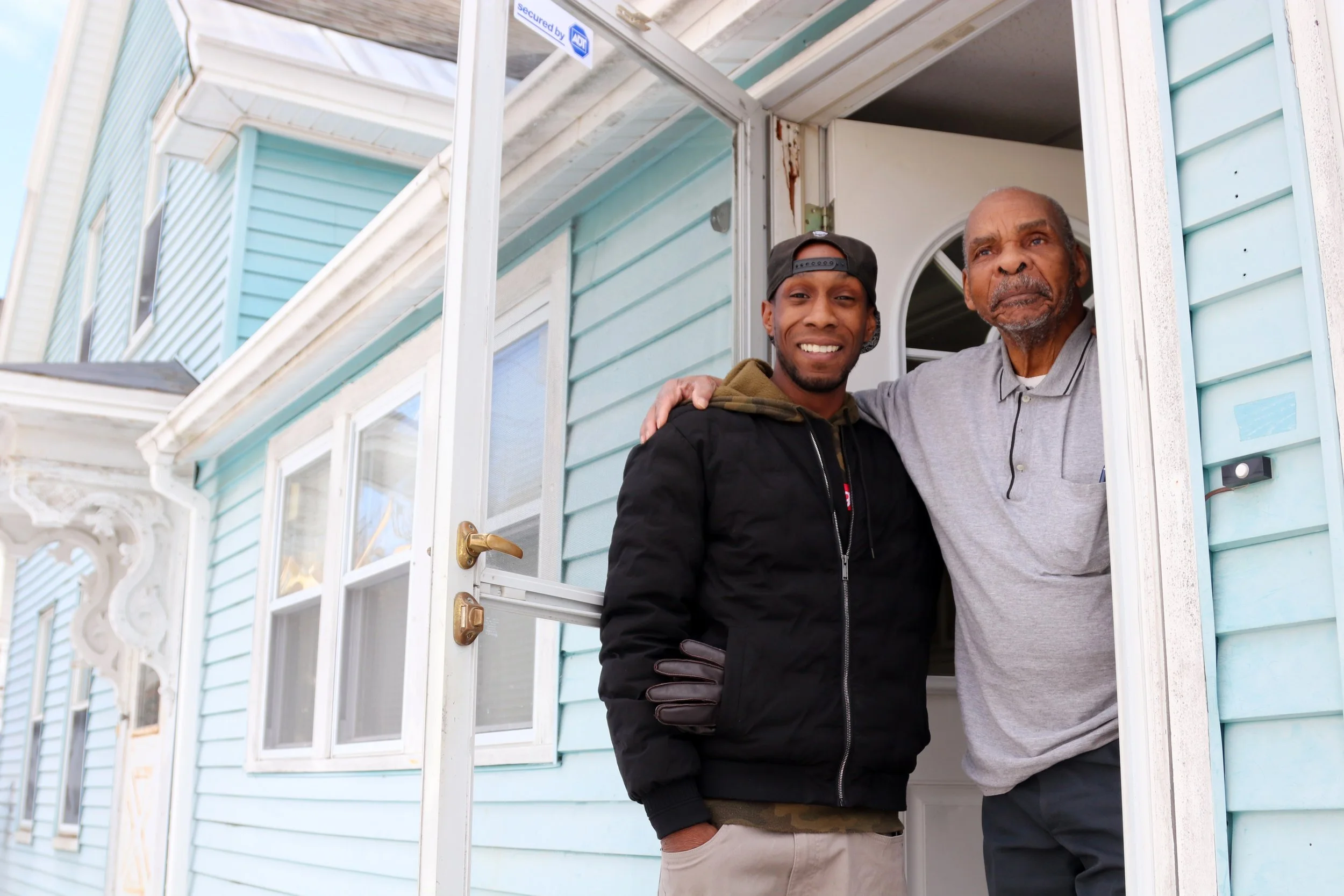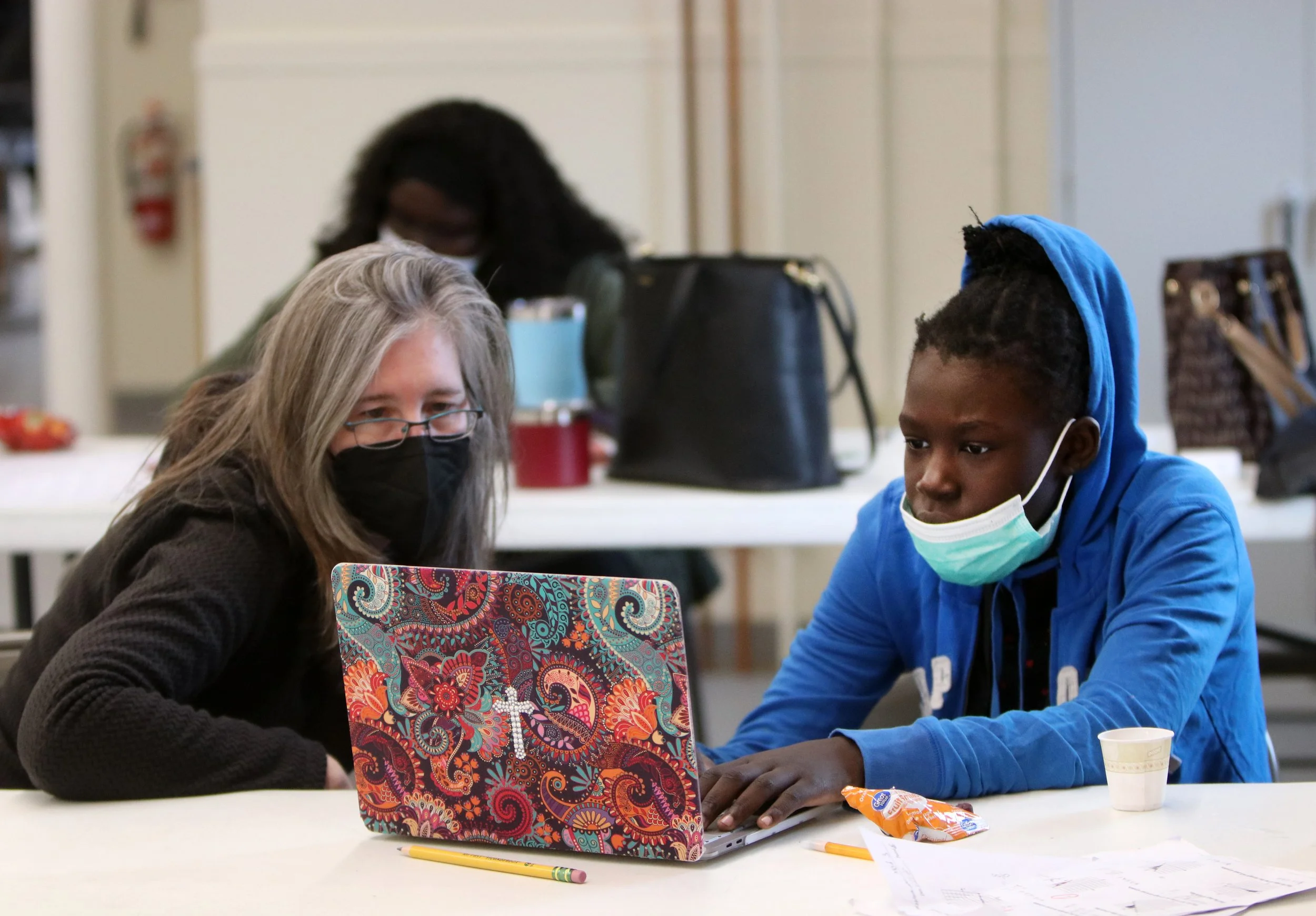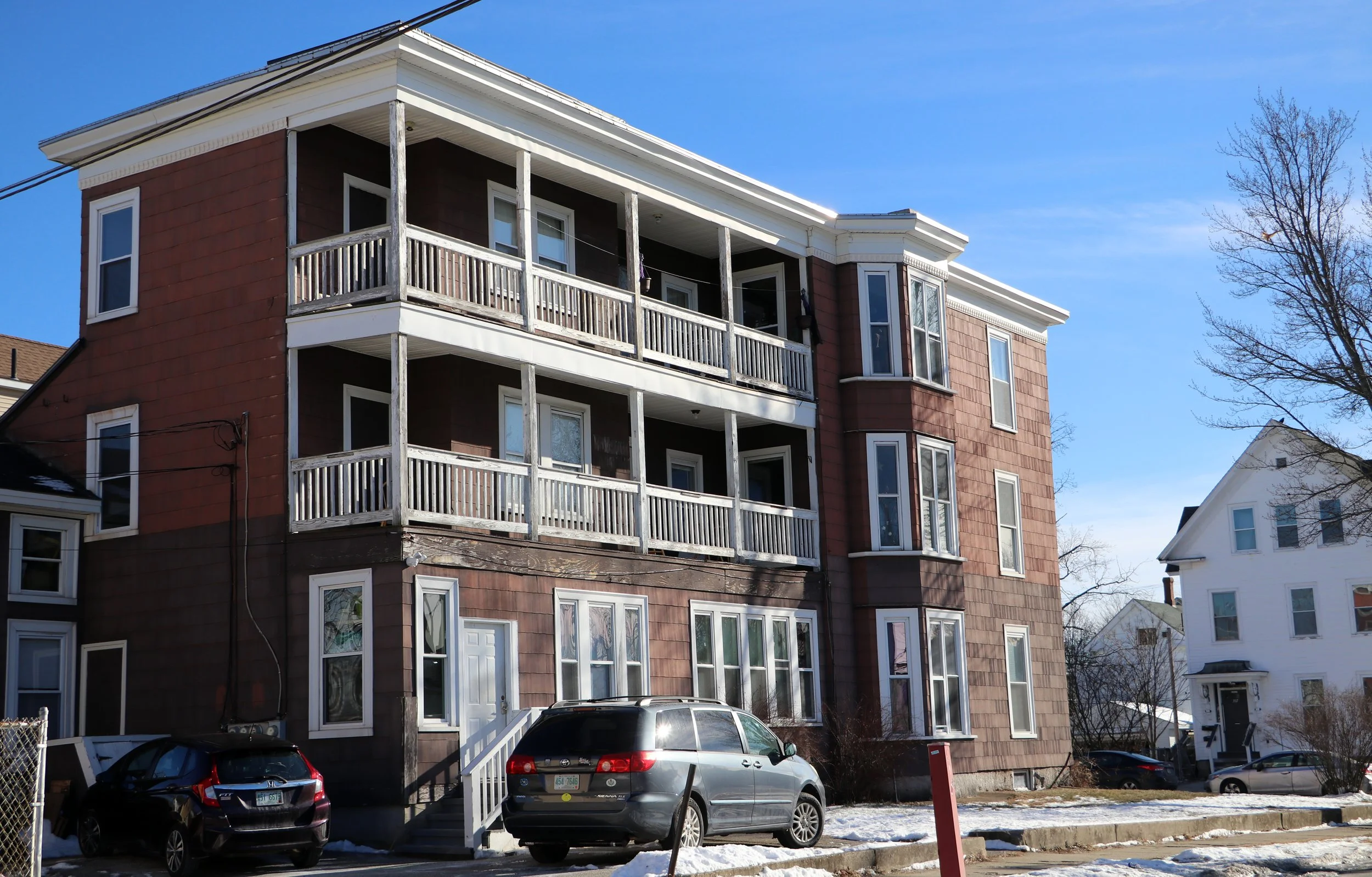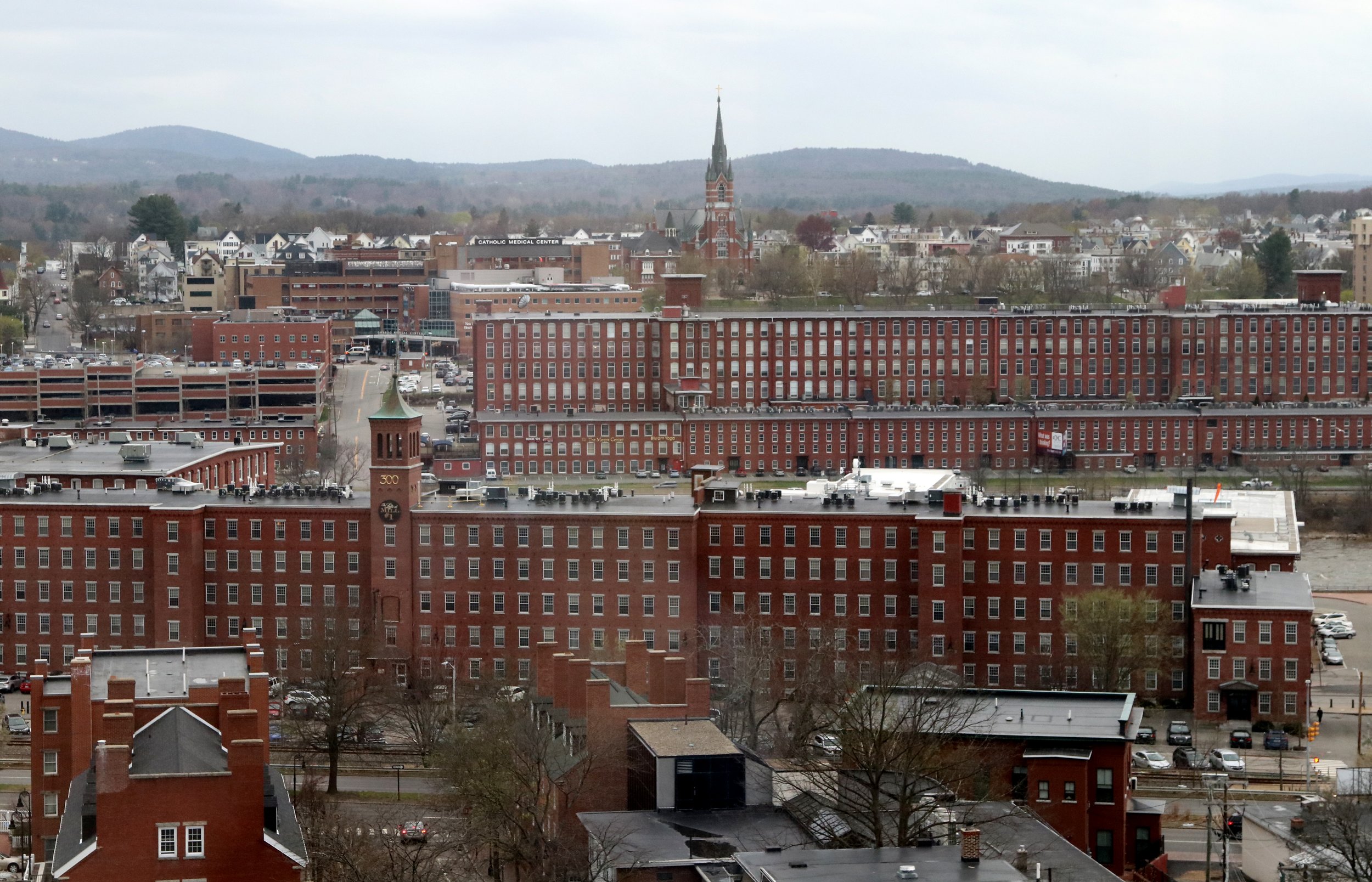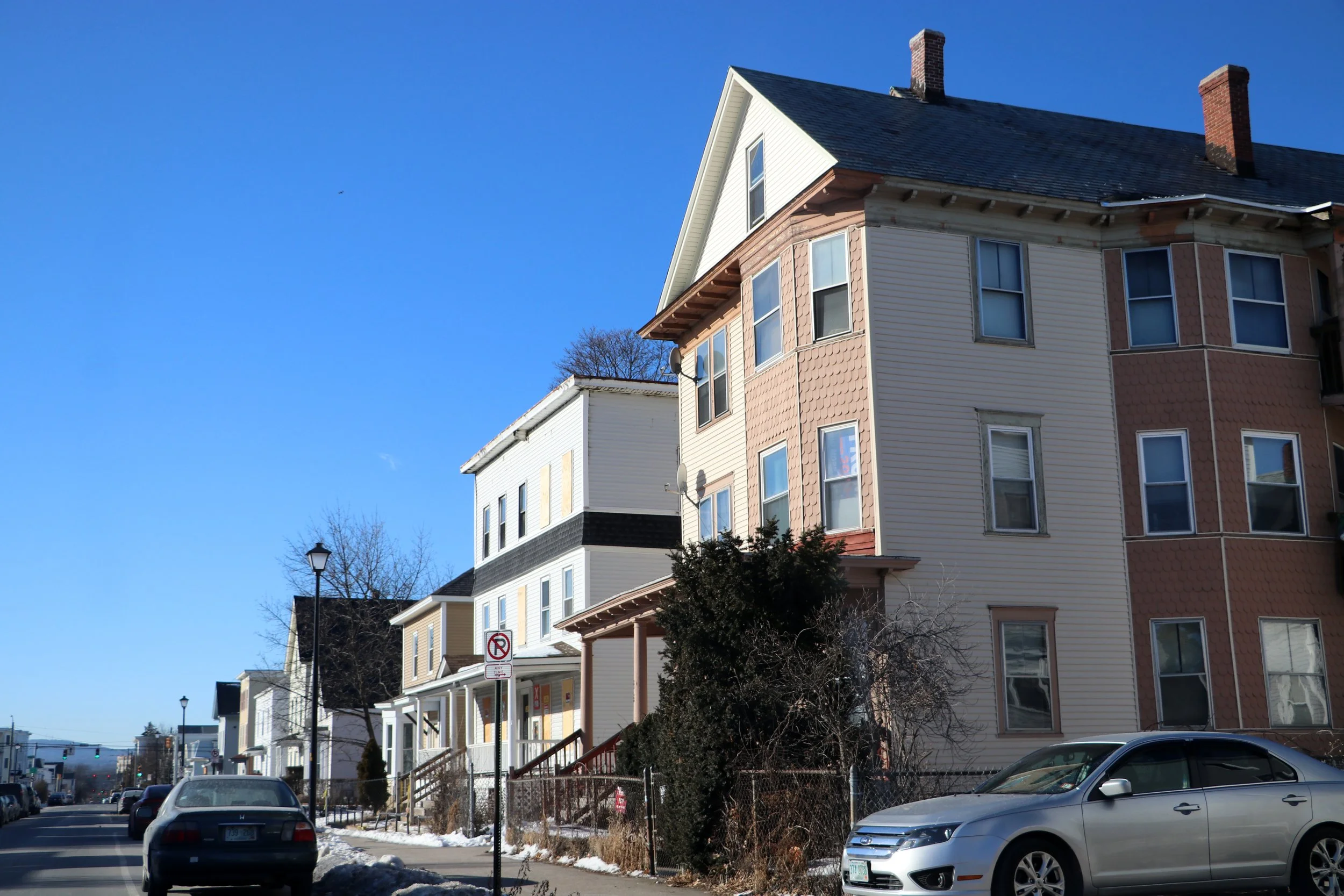There’s a section of Manchester, Center City, shaped by history and perpetuated by vested property interests, that isn’t like surrounding communities. It’s where Amoskeag’s unskilled laborers, often new immigrants, found their first foothold in tenement housing 150 years ago and where today’s zoning laws stand like invisible walls to consolidate the city’s lowest-income residents.
Mentoring Program Partners With Police to Help At-Risk Youth
Carl Connor tries his best to share the wisdom and love he rarely got from grown-ups when he was young, and which he regrets not being around to give to his own son, to disadvantaged youths starting to get into trouble in the Queen City. After Jaden’s death, Connor became a Street Outreach Worker for the non-profit MYTURN and its Project Connect program, which seeks to support young people, divert them from the justice system and set them up for success. Outreach workers like Connor mentor troubled youths and try to keep them from potential run-ins with the law.
The Evolution of ‘Hot Spot’ Policing
Joseph Lascaze grew up in Manchester with relatives who emigrated from Haiti. He remembers dribbling soccer balls with his cousins outside his uncle’s house on Laurel Street, playing basketball with friends at Pulaski Park and visiting a Union Street store for its Latin soft drinks after church. Nearly everywhere he went, he would see police scouring the center city.
Building by building, block by block: Neighborhood Group Works to build Community
Is there a relationship between zoning and crime?
The persistence of center city’s crime issues is easy to spot in the last decade of crime data from the Manchester Police Department (MPD). According to the collaborative’s analysis of calls for police service between 2006 and 2020, the number of crimes reported per resident was significantly higher in center city than anywhere else in Manchester (see map). Compared to the suburbs in northwestern and northeastern Manchester, parts of center city reported roughly five times as many calls for service.
Manchester Group Takes Village Approach To Community Engagement
On Sunday afternoons a group of tutors, students and parents meets at the SEE Science Center in Manchester. They’re there for a tutoring initiative organized by the Manchester Community Action Coalition (MCAC), an organization dedicated to serving Black, Indigenous, immigrant and other marginalized communities in Manchester.
Invisible Walls: Many Refugees are Funneled into a Few Manchester Neighborhoods
Invisible Walls: Restrictive zoning and homelessness
Homelessness, like high blood pressure or family wealth, is often inherited by the next generation. That’s the sad reality Stacie Pickford Baez of Jaffrey found herself in as soon as she reached adulthood. To Baez, it seemed like everything in her youth made her destined to bounce from friend’s couch to friend’s couch for years.
The State We're In - Invisible Walls: Loan Practices
This week, The State We’re In host Melanie Plenda discusses the data available surrounding loan practices, whether or not they are discriminatory, and what that means for residents and communities in New Hampshire. To discuss the details are three journalists who've been working on a series about housing and equity in New Hampshire: Jeff Feingold, editor of the New Hampshire Business Review; Granite State News Collaborative data and research editor Johnny Bassett; and reporter David Solomon.
Banks say HUD data only tells part of the story
Banks have a simple answer when confronted with high denial rates for Hispanic mortgage applicants: You don’t know the whole story.
So many factors go into consideration of a mortgage, refinance or home equity loan that bank officials say it is difficult to find two equally situated applicants, one white and one Hispanic, to prove discrimination.
Invisible Walls: Discriminatory home lending persists in New Hampshire
Wellington cites many factors as contributing to the concentration of the state’s minority populations in these ethnic enclaves. Marking certain neighborhoods as undesirable for mortgage loans, a practice known as redlining, was banned in 1965, but its legacy remains a factor in Manchester. The phenomenon of “white flight” from the inner city has been well-documented. Zoning that restricts multifamily housing is widespread throughout the state.
Invisible Walls: A century of exclusionary zoning has helped divide Manchester by income and race
A maze of invisible walls has divided Manchester since the 1920s, dictating what can be built where and, indirectly, where the city’s poorest residents can live. These walls, created by land use zoning laws, have helped segregate the city by income and race. Experts say that even though this kind of zoning is common, it is slowing efforts to fix some of the city’s most complex issues, including the housing shortage, persistent crime hotspots, and economic and racial segregation.
Invisible Walls: The Amoskeag Company legacy
Company town, planned city, manufacturing utopia — these are some of the buzzwords that come up when reading about Manchester under the Amoskeag Manufacturing Company, the mammoth textile producer that reigned over Manchester until the company’s collapse in 1935. That lofty language reflects the company founders’ sky-high aspirations — driven, as one historian has written, by a desire to improve upon “the grimy industrial cities of Europe, where a permanent underclass toiled in the mills” — and hints at the reach of the company’s power.
Invisible Walls: The shackles of zoning
Zoning, in the broadest sense, is the set of laws that dictates how land can be used, including what can be built where. The local zoning or planning board in most communities records these laws in maps and texts, the latter of which can be quite unwieldy. (New York City’s ordinance is a 3,400-page behemoth that comes with its own 200-page summary, making Manchester’s 165-page ordinance look relatively slim.)
Despite the heft, the questions that these documents try to answer are surprisingly simple.
The Role of Redlining
As described by Richard Rothstein’s best-selling book, “The Color of Law,” the mechanism behind redlining was simple. In 1933, to rescue homes that were about to default, the newly created, federally sponsored Home Owners’ Loan Corp. (HOLC) began offering beleaguered homeowners a new kind of loan, the amortized mortgage.
Invisible Walls Series Focuses on The Impact of Exclusionary Zoning Policy
Through data and zoning maps, reporters and editors working on the project were able to show how exclusionary zoning laws have reinforced areas of persistent poverty, impacting many aspects of community life, including crime, public health, affordable housing, and access to economic opportunity.
The team used Manchester as a case study. However, the same sorts of exclusionary zoning practices present in Manchester are common across the state, and likely have had similarly-broad effects, as later stories in the series will highlight.
